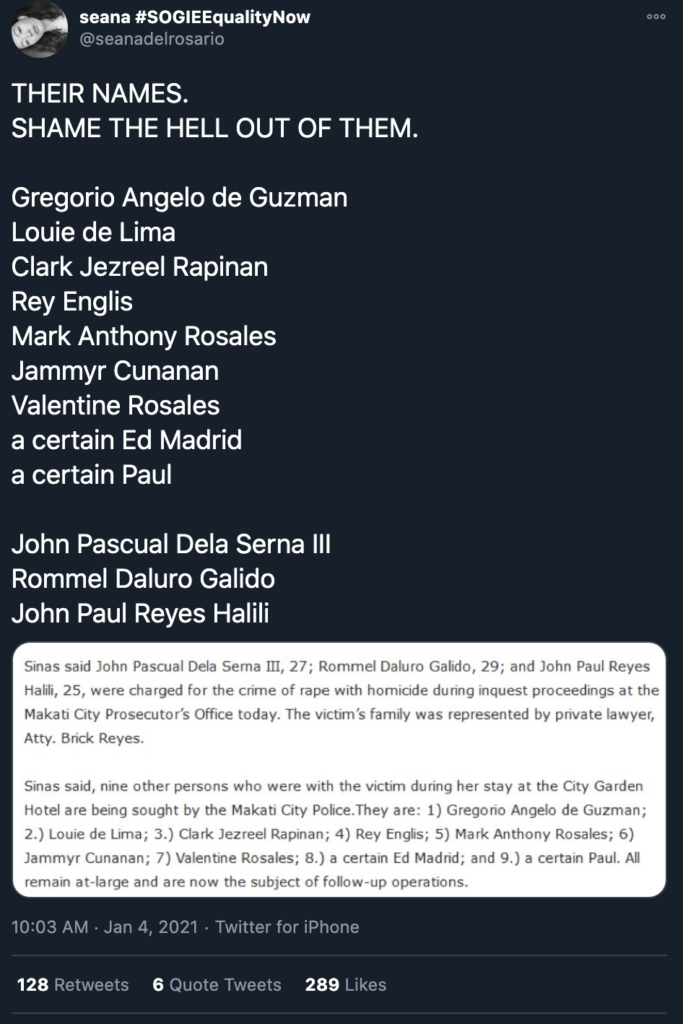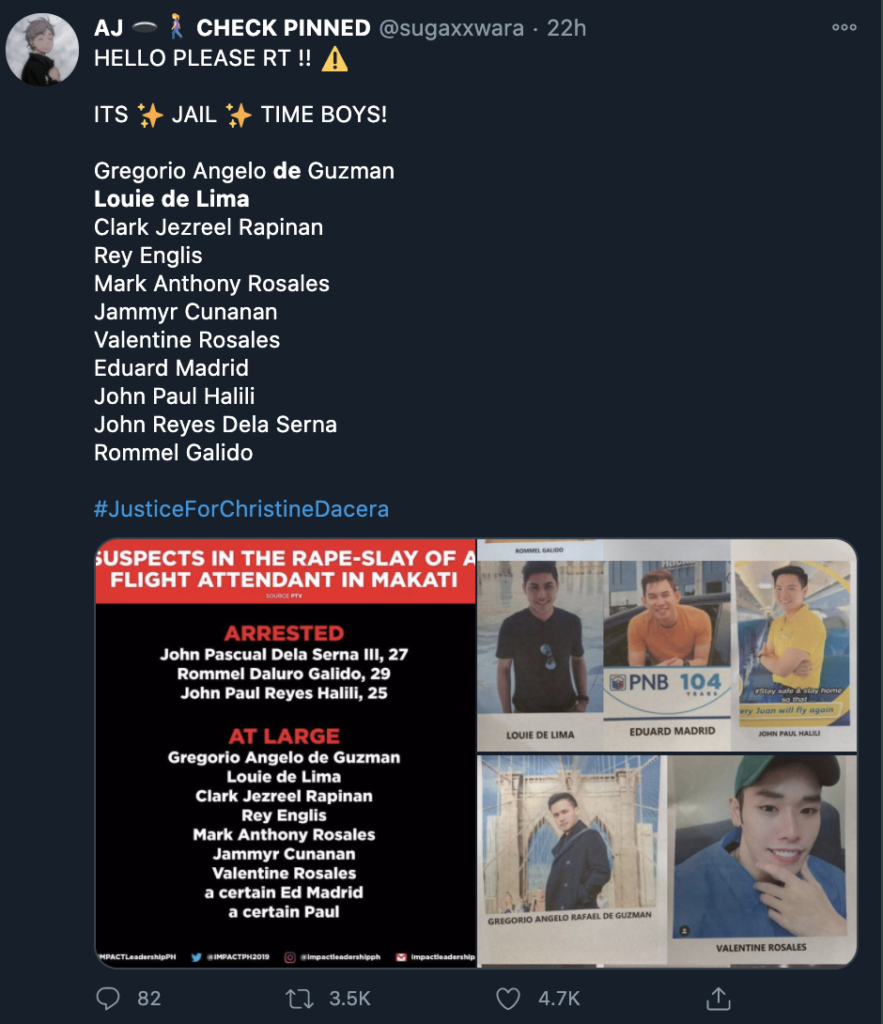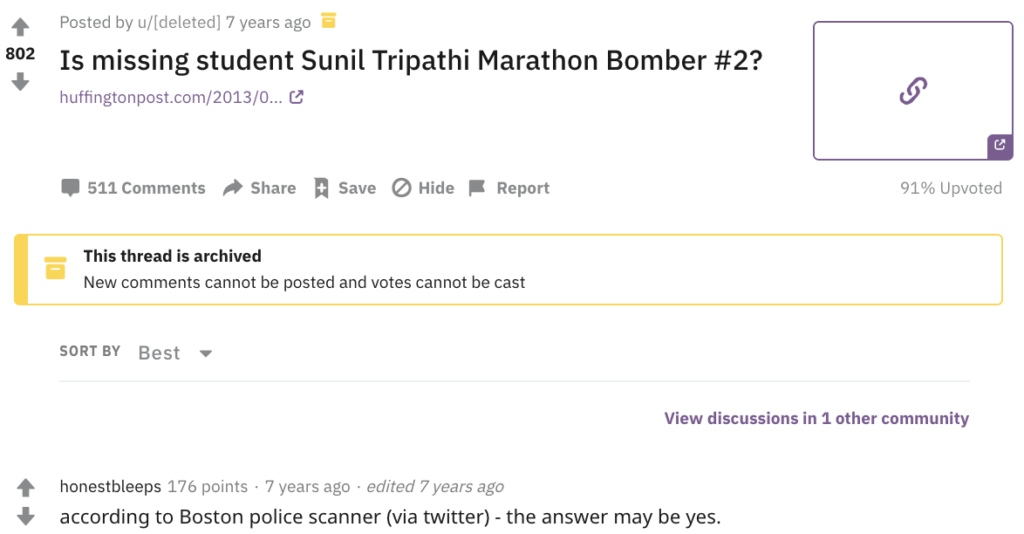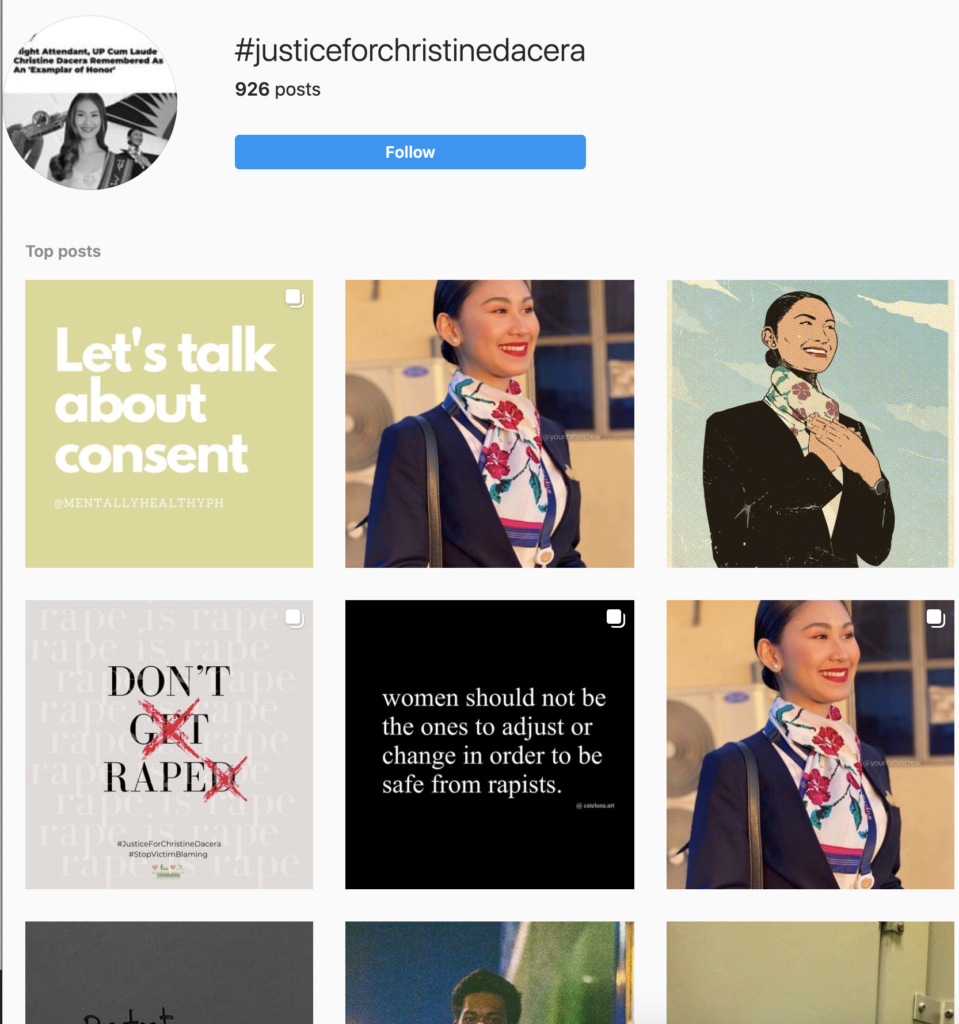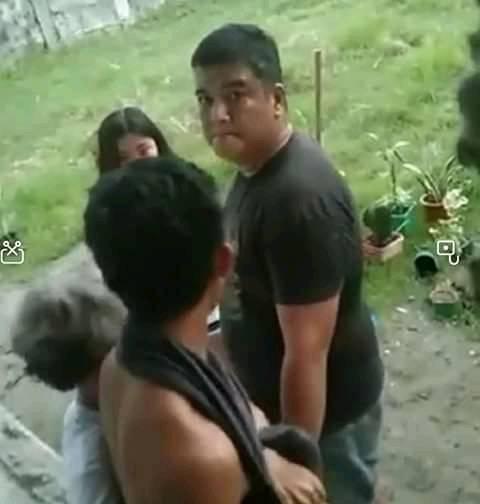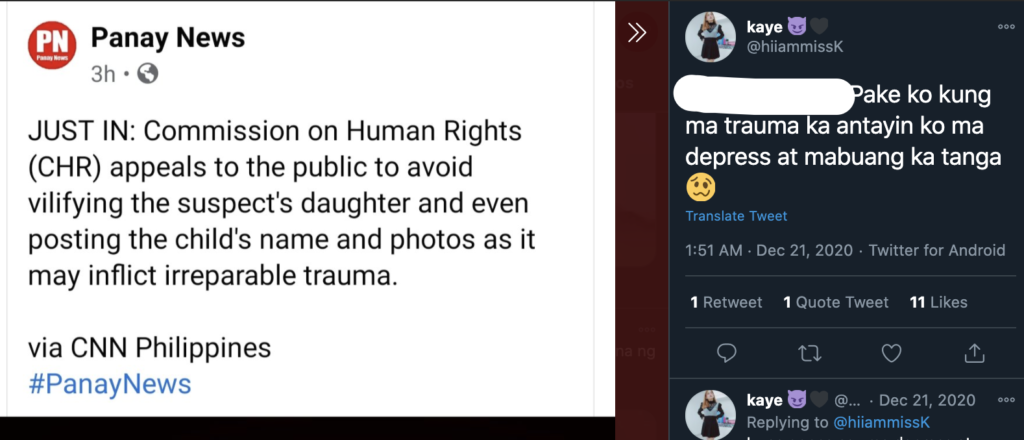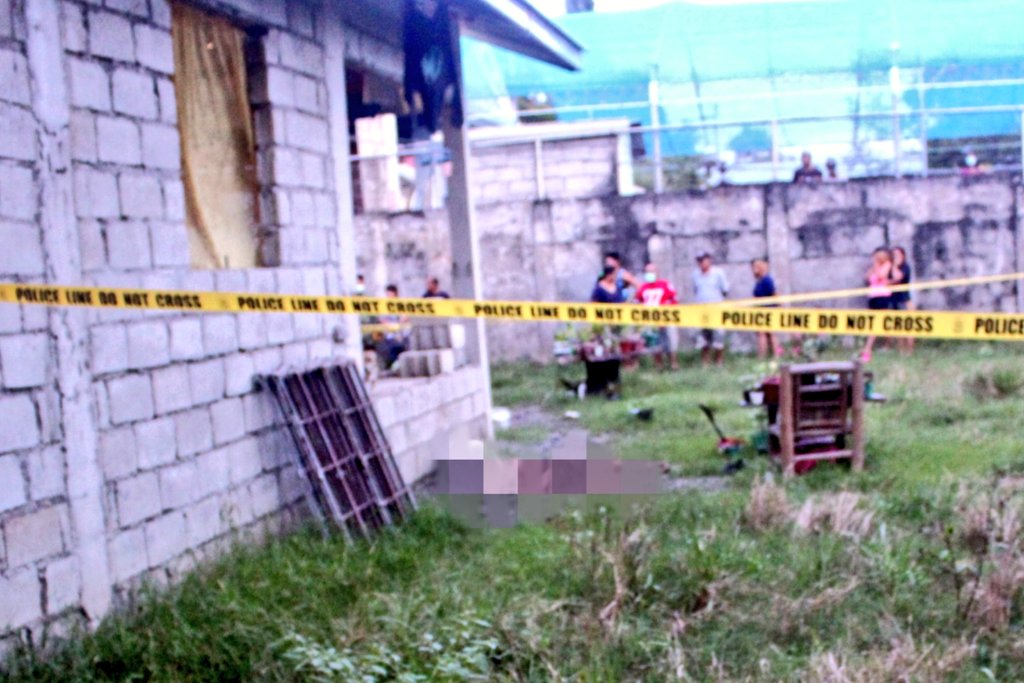This post is a draft, and currently being written in public (as you can see). This block of text will be removed when it is finished.
Professionalism is a lie, build what you love, explore everything. In today’s age of creation, anyone who attempts to tell you otherwise is lying. You’ll end up seeking what you traded for the rest of your life.
My friends are starting to think about the job market. These are the most talented, selfless, and energetic people I know who will drop nearly everything in an instant to respond to something they deeply believe in. At the same time, my circles are deferential and somber; they’ve never been one to loudly put things on view. Putting together a portfolio is soul-crushing work, looking back – it’s as if nothing is worthy, and there is so much to do.
At Developh (which I started as a high schooler myself), I’m constantly listening to high schoolers dreading college applications, putting their whole selves on pause for a misjudged, glorified persona worthy of the academe. Trying to tell them about worth is a futile thing, since it’s something that can only ever be learned through lived experience. Warnings are the best we can offer. That the world is a vacuum, your whole self is incredibly more potent than you can ever imagine, and like the rest of the life we all will live––this will be a game of luck and chance, skewed for those without privilege.
I grew up in the age of platforms and tooling, of forced loneliness and the internet as a place of respite. Newgrounds to DeviantArt which became Twitter and TikTok, YouTube as a constant yet ever-changing as the top names became less familiar and I skipped out on phases (namely the creepypasta/indie horror game Slenderman/Until Dawn phase). To satisfy my existence, creation was a necessity. The most meaningful community I had was a group of fourteen or so teenagers from all over the world, each other’s affiliates and friends creating Pokemon fansites that offered icons, graphics, tiny pieces of writing, and maybe a Javascript game or two. Playing through Pokemon Pearl was less important than the creativity I could strew out of it: thinking about character pairings, fantasy team compositions and gamemodes, indulging in creepypasta and refining lore. My goal then was to meet a content and fansite standard that could potentially get me affiliated with my favorite site, The Cave of Dragonflies. I never did send an affiliation request and get my 88×31 gif button up there, but it was the anchoring quality marker I had––and I am the builder I am today because of it.

So I became a designer because of a fascination with a verbose, mechanical Pokemon fansite creator from Iceland. Then I became a graphic designer because I loved one pairing from the visual novel Dangan Ronpa so much that I committed to creating 365 pieces of content from it. Then I continued making fansites for Minecraft, learning how to make texture packs and hosting the tiny mods I would make as I administrated servers filled with friends of friends, learning how to be a shitty leader. Somewhere in between I learned how to make flash games out of a love for Pacthesis dating sims, picked up editing on a cracked version of Sony Vegas to make anime music videos, made a website to host mathematics reviewers I wrote for school, wrote a shitty novel influenced by a love for Terry Pratchett and Daniel Keyes. Everything a result of things I loved.
Then I realized that the real world was coming faster than I had expected. I did everything I could. Sign up to conferences for things I didn’t understand, set up a LinkedIn on junior year of high school, go to events. In college, the same happened with job applications as I tried to craft myself into the ideal mold dictated by Medium articles–absolutely terrified at the prospect of coming to America and leaving jobless–I would be a failure.
A greater disservice would be becoming something I wasn’t. I tried to recruit for software engineering and miserably failed, realizing that I wasn’t in love with the games of optimization and translating specs and wanted something that could work better in spaces of ambiguity and scale with direct interaction with people––something that I was already good at, that I didn’t believe was valid. I returned to design. Then I had a terrible time recruiting again as the pandemic hit (check out my failure resume) until realizing what spaces truly meant things to me.
I’m going to spend my whole life yearning for truth. I wasted two years in college following unproven paths from people with far more privilege than me that I was doomed to follow from the very beginning. If I were honest at the things I loved in high school, I would have gone farther.
And everything I love, if I followed, would be tended further and gloriously. I dropped games because they were illogical then and now, see college students making millions off games they made in high school, establishing game studios that would put the crap that “founders” searching for problems recklessly to shame. Now, there’s a surfeit of people with the most resources and funding poking around issues that aren’t theirs to solve, infiltrating them in the name of false good.
All I needed to hear when I was younger that the things I love were worth something. We live in the age of tooling and creation. There is no shortage of platforms and resources that make it easier for us to build, but there’s also a lack of cultural understanding around that turns young people off things they’re ridiculously good at and love, along with the impending dystopic barrage of people who can tell you that there is a “right” way to build––that there is a “right” path to success.
Building is easier, but creativity is harder
We live in a weird time. Early 2021: a huge rise in the no-code movement and automation tools. It’s the time to build, they say. Individual makers are given more leverage than ever to operate on larger scales with the amount of automation tools and platforms that make tasks easier, and the number of lines of code we have to write to make everyday products have drastically been cut. People put together conferences for thousands of people, gauge traction for platforms, and build audiences of millions all without a line of code written.
This happens on social media, on WordPress blogs, on video editors that let people make fancams in minutes. We now have a collaborative, minimal Photoshop that works on the browser (Figma), and we have a literal open-source Photoshop clone too (Photopea). Cracking software and programs is easier than it was when you had to dredge through Limewire and limited websites––if you know how to do it. It’s ridiculous and only going to get better and easier.
At the same time, it’s a very confusing era to be a technologist. Talking to young students, there’s more confusion than ever about getting started with the act of building.
As software has scaled up in complexity and the amount of toolchains, we’ve mistakenly tried to shift ridiculous processes meant for larger organizations to individual learning. I don’t mean that Git is unnecessary (because I do exist with many computer science majors who know the way to game office hours and come out with perfect pset scores––but have no idea what a repository is), but the act of learning how to build a website is a bit ridiculous.
Frank Chimero’s “Everything Easy is Hard Again” details this perfectly from the perspective of a web designer. Like him, I made a Radiohead website (well, Fall Out Boy) at one point in time and still don’t know how HTML tables work. The issue that senior, experienced technologists face is the burden of unlearning and learning to follow the simultaneously cyclic and chaotic nature of web development––where often, they’ll be relearning methods that were seemingly deemed mispractice years ago. For the beginner, they face their obliviousness and lack of experience.
Now, it’s very rare that you get to open up the source code of a website and see anything meaningful from it. Styling and scripts are minified, content and all the rendering obfuscated from the eyes of a reader. Creating a website is no longer opening up a .txt file, you need to download these command line tools and work from the terminal––or, you give up on all of that and use a website builder like Squarespace that severely restricts the potential of what you can build, or leaves you to master whatever template is most manipulable.
The current generation of product designers likely started with folks who were tasked at moving things around the company website and liking that more than touching back-end systems, moving to the role with their cracked Photoshop in hand. They remain as product designers because they’re excellent at working with systems, understanding people & metrics, and influencing culture––even if their personal visual languages may not be as aligned with what trends today. Now, there’s more designers who are only designers––it’s more acceptable, really. Less potential communication with developers, but folks who can do all the Pinterest styles: the large, blocky playful illustrations that ran rampant on every homepage for a while (now inching to the 3D trend), brutalist design plastered on your favorite y2k clothing brand’s Shopify webpage, colorful stickers on black and tapered plastic wrap textures.
But so much innovation only serves a few, really. Learning and tooling drastically disservices those who truly need it: learners from countries with limited infrastructure or ecosystems. No code tools seem more trendy for the FAANG Product Manager building a gig on the side, or for anyone who already has access to tools that did this––but worse. Webflow prices are a nightmare for Filipinos––which makes me hard to recommend no matter how flexile and lovely it could theoretically be. These movements often seem like they’re lodged to support places where technology is already most pervasive when we must be creating tooling and spaces for those in most need.
Other initiatives like Codecademy, freeCodeCamp, or Harvard’s CS50 reduce this gap for free. Bootcamps are also doing this, though can oftentimes be exploitative with profit-sharing models or exorbitant pricing models with lofty promises of six-figure jobs. Still, the good parts still fall into the same traps of curricula that doesn’t match desire. Unless you know you want to develop websites and go through the same tutorial path that every other fCC participant does, you won’t get into it. I knew I fell into this field accidentally. The complexity around technology worsens this for young learners. Looking at charts and coding roadmaps is paralyzing; people fight over what programming language you should first learn instead of simply going for whatever and actually getting started.
Issues around tutorial purgatory or newbie paralysis ensue because of these. Although the common practices around my time weren’t perfect either, what I appreciated was culture and as Frank Chimero describes, general legibility over the web. Things were decentralized and documented in detail in individual blocks or over trusted documentation sites like W3Schools if additional reference were needed. I could find any interesting site I loved and take a peek into its source code, reworking things into haphazard imitations until they were uniquely mine.
…
If we live in an age with both accessible-but-not-so-accessible tools and structured, sometimes wishy-washy tutorials, what can we do? We compensate with creativity––the core of design practice that seems less and less mentioned the deeper we go into education or practice.
Any maker knows that no ideas left are new; everything that has been done is done. What is more important then than creativity for the present? While we’re navigating the battlefield of tooling, there’s a constant that remains: less time is needed on the actual act of mechanically designing or making. We’re adopting new theoretical models and frameworks for passing over designs, articulating changes, and making things meaningful to the responsive creator at the right stage; advances made by companies like Figma, repl.it, and Glitch make it easier than ever for us to build things.

A good example of why creativity matters is the much-complained about Dribblification of design. Everything looks the same. Design patterns and recommendations are literally just imitations of one another, especially on mobile products when their interface offered us a whole new realm of play. How can things look so stagnant when they’ve existed far shorter than the browser? People joke that the developments with design systems have reduced the job of designer into playing drag-and-drop with pixels, similar to what the Visual Basic editor might have been for programmers over a decade ago.
Finding original thought, meaningful sources of inspiration, and communities that reward creativity instead of subscription to the norm are also more challenging. Process and repetitive methods of thought will come, but creativity is innate and built. Creativity is relentless, but also easy to slip by.
In Against Creativity, Oli Mould states that for the nebulous concept it is, creativity is a power, not just an ability. Instead of an inert force, creativity is a proactive task that blends both institutional and pre-cognitive knowledge, agency, and desire to create something that does not yet exist. Creativity is then better thought of as an agent of desire: what do you long to create and have the power to create, and what is something that you can create? These should be your guiding questions. We live in the age where life’s biggest uncertainty is not how we can make something, but should––and for all the limited “shoulds” we have––create something that matters to you. This is the greatest thing that people want to seize. They want to capitalize on your time, effort, and creativity: not just the mechanical means of putting something together, this is repetitive and replicable and easy to get outdone in. Rather, the original thought, creation, and work that you do that unwittingly sets new trends and movements. You wield this power, shaped uniquely yours. Be a force of reckoning.
So then: build what you envision, the tools for it are out there. Resist norms and patterns, but feel free to imitate them as you learn. Remember that building is easier than ever, but creativity is harder than you think.
Professionalism is for dummies
With the job hunt, one of the worst things I did was try to fit in the mold of a perfect applicant. The same thing happened with my college application. The essay I wrote that got me into my present university was my most heartfelt, sentimental one. Sincerity is something you can feel from even a glance, I believe. I know it from rereading the words I wrote at seventeen.
I don’t mean abandoning all etiquette when I say that this whole act is for dummies, I mean that genuineness is a virtue and rarity and matters far more than anything I know. Tweet about the things that matter to you, the things you love behind the screen, be more than a robotic presence articulating successes––we’re moving past that, if you’ve been keeping up. When our mentors are genuinely goofy or open about their fascinations, it’s easier for us to realize that 1.) your entire being doesn’t revolve around your career, and that 2.) many things in life can simultaneously be important, if not, are more important than the work we do in these temporary companies. Seeing seniors talk about their children, obsess over niche musicians, and share meaningful pieces matters.
I had grown with the assumption that you should hide your entire internet presence while jobseeking when it has only benefited me––also, it was kind of unavoidable. My life is completely traceable with a quick full name Google Search, including this blog, and I remain unapologetic about that. With it, the things I built, believe in, and share are out there. (Of course, this only works if you’re not an asshole online. Hopefully you aren’t.)
Culturally, Filipino employers are unafraid to add you on Facebook. It’s almost an expectation. People can celebrate their career accomplishments while sharing their last Facebook Gaming stream. We know how to draw lines, and the people I’ve worked with share memes and exchange banter in familiar places. Humanity and empathy matters.
Spending this journey of my life as a design student in North America, I feel ridiculously blessed and honored to have met so many incredible designers from around the country on Twitter. They’ve donated to fundraisers put up by Developh, follow both career wins and inner thoughts, and I see their takes on social justice and equity in an increasingly tense climate. Real conversations and moments are shifting from people who put their face next to their company; making career decisions feels a lot less alone. Trends spin from one place to another, many non-design. Humanity and advocacy matters.
…
We’re likely to not find a workplace that perfectly aligns with everything we want: any inner advocacy we might have with a perfect salary–and extra–for the lifestyle we dream for. The few who do are very lucky, and very vocally so where it frankly gets annoying. What matters instead is to optimize for growth and happiness, the actual non-negotiables in our quest of staying alive while doing good work.
What we can instead do is maximize our reach and desires so that we’re most likely to fall into places that allow us to have close to everything we want. This is why people assert what they seek, why we must talk about the things we are passionate about and invest in them, and know the people we do. The more we talk about how a place is our dream space, the more likely will people aligned with that area think of you for it. Dreaming can never happen in a silo.
…
More than anything, letting go of the expectation to be professional means that I am much less narcissistic. Provide, give back. My turning point was when I realized the system was so broken that I just had no energy to put up a facade; realize that the most decent people are also tired and that we’re about to go and rebuild this entire process, anyway.
There’s a distinction between self-centered ambition and shared ambition. It’s impossible to collaborate holistically and meaningfully when you fall into the former; the most meaningful and inspirational things will be built by people, together. Especially so as a young creator/technologist/student/person should we understand that our peers––even if they don’t present and have no LinkedIn profile and are living life normally and not decimating it by doomscrolling on a career website––are no less or better than us.
The biggest lie is thinking that you excel at any one skill, or special. You are terrible and likely a burden to any professional, capable team you’ll be in. More likely than not, believe that you will be a waste of money. You are an investment.
Your personality, learning ability, and growth mindset are far more meaningful in the career search. This is why creativity and genuineness matter; they’re presumably built up, and are “unteachable” compared to technical skills that will be ever-evolving anyway. Tone down with grandiose descriptors; it matters more what you wish to be and how you’ve proven you journey into things that you’ve desired before––no matter how unacademic or unprofessional they might seem.
But this doesn’t mean that you’re worthless. It means the investment placed into you (plz don’t think I mean salary is bullshit or whatever) is more on how you build, strategize, grow––abstractions that come untaught and exist at different levels of lived experience. Like how we must treasure creativity, we must try to let go of inevitably measuring ourselves with technical markers at such early points in our careers.
All you do is all they dream of
All this leads to this thought: – holy shit, just do what you love. They’re worth something.
All these people so badly want to replicate the skills you have.
When you load up a Minecraft world you’ve been building for months with friends, spend hours exchanging fiction pieces with the most bizarre tags on Archive of Our Own, successfully set up the second largest fan group for (Sandy) Alex G, know how to Photoshop yourself into a shitty selfie of Robert Pattinson, or have played around with ROM hacks even if it was only as far as to change up the first dialogue screen of Emerald, you are creating. The commissions you do on the side turning vague screaming into gorgeous pieces on tight deadlines, Discord the posters you make for fun, the anime edits and fanart animations you produce that seemingly have no professional value––keep doing it. Break the internet and build things even if they’re ridiculous to describe on paper, make things that you are genuinely fascinated by. Running a fansite propelling constant updates on Saoirse Ronan to tens of thousands of followers consistently is a better signal of grit and potential than a fake nonprofit started in high school that will soon die out (even if everyone is doing it). Put together that fanzine and die over logistics and merchandise together, overexert on the things that you want to see become beautiful––less on the ones that mean nothing. Impact is also a measurement of what you yourself are personally proud of and love. Your body of work starts as early as now. You will remember the things you made out of sheer love far more than corporate products you’ll be forced into.
Grow with your friends, we are all creators. Take harsh feedback and criticism, or mold a space where you don’t have to do that. Immerse yourself in the internet’s spectrum of beliefs that you will forever be pondering about from now on. Embrace levity, don’t take things too seriously. You are the most powerful generation in existence, but the world also has barricaded itself denser than ever before you.
You will be more than fine.
Be creative. Share that creativity with people. The resurgence of tutorials delivered bite-size on TikTok leaves me ridiculously optimistic for the future. The people selling month-long subscriptions to paid professional program at a percentage of the cost make me chuckle; you can even get the full thing yourself for free, or walk into the mall and get a full Photoshop package for a dollar––once those are back up, of course.
The most prominent, meaningful thing I learned this year was that love and passion matter. Your interests matter. The things that make people laugh and love and shine, proven by numbers even if they’re unconventional, stand true. If I told my high school self to continue building projects and telling stories that mattered to me, I would have been far happier than I am today––and more successful at a craft that I’m ending up pouring all my hours to, anyway.
The biggest challenge at this stage in your life is resisting the norm and inventing your own. You are cultivated by communities that people are trying to unbundle and understand; your long reddit threads and tiny communities that have long tended close connections that these older systems and false learning systems dare of. It seems like this shouldn’t be revelatory, but it unfortunately is. Austerity is unnecessary, the pious are most chaotic. For years I knew what I wanted and discarded it in the name of something that was more feasible; the world has let the most unnecessary of things thrive––what you believe in, someone else does too. And in the name of kindness, laughter, joy, and the arts, an advocacy doesn’t have to be visible in the “sustainable development goals”. I believe that many of the people who have mattered to you at one point or another exist with significance without that constraint.
While walking a superficial route of professionalism, I realized the people I want to work with and will be working with were really the kinds of people who mirrored who I was at sixteen. You will be falling back into it. It’s only human nature for us to want to love the life we live.
…
This is a generation of unyielding talent with so much against it, a natural result of years of making building easier––and cultural thought on matter and value is and will always be delayed. Be yourself. Talk about what you really want to do. Personally, I’ll be living in pursuit of building better spaces for the kid I was when learning all that about flash and code. If only in the work of making creation more ubiquitous will we find people who naturally are invested in the problems they’re most suited for.
I wish I kept to what I loved earlier. I wish I had someone tell me that was a completely viable path.
I redesigned my website last week to feature mangacaps and anime. It’s the most fun I’ve had with a portfolio I’ve probably spent dozens of hours working on over the past months––and it’s the best it has ever looked.




